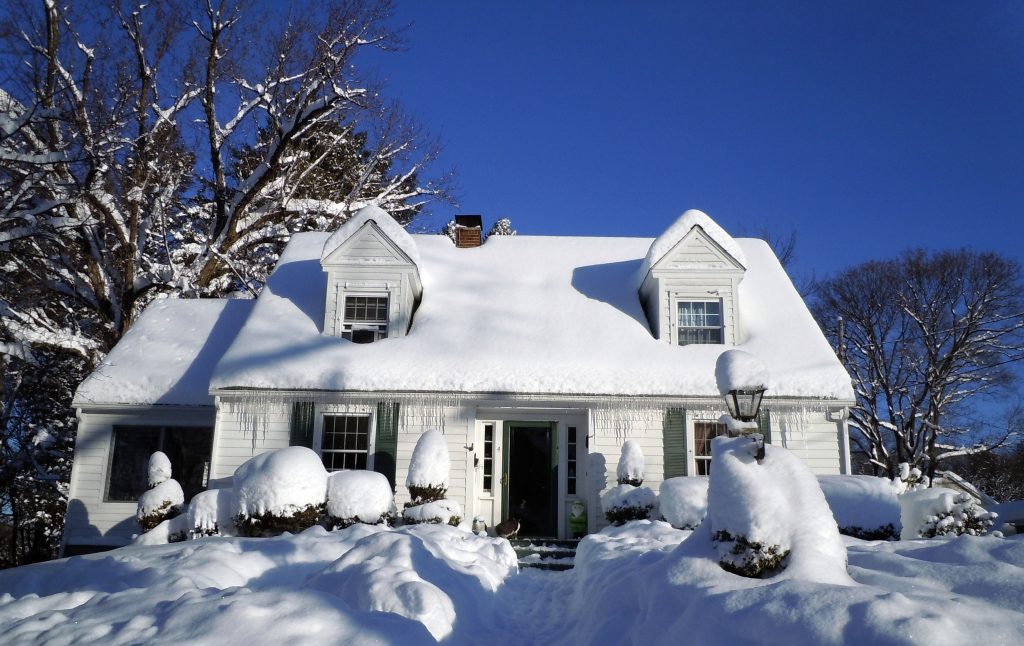Painting in the summer might seem like a good idea, it’s hot, less likely to rain and you might be thinking the paint will dry a lot quicker and ultimately making the job get finished a whole lot quicker. Although this is true to an extent, as the warm temperature will help to evaporate the liquid from the paint causing it to dry. However, there are many myths regarding painting in the summer and most importantly there are some harmful side effects too.
Is painting your house in the summer a bad idea?
The first point we want to delve into is the dangers of painting your house in the summer. We are all too familiar with the nasty smells that come with a fresh lick of paint, but many of us are unaware of the cause behind the odour. That cause comes from substances known as Volatile organic compounds or VOCs. These chemicals are released as your paint dries leaving a nasty smell behind, but even worse is that these VOCs continue to evaporate into the air in your home for years after the paint has dried.
To put it into perspective, the very same VOCs that many paints contain can also be found in car fumes and cleaning products. There are many side effects associated with inhaling these substances such as:
- Dizziness
- Headaches
- Nausea
- Lightheadedness
An important factor to consider when wanting to paint in the summer is that the hot weather can actually worsen the effects of the VOCs. This is because of a process known as ‘off-gassing’ which refers to the airborne particles of chemicals from VOCs that are released from the paint. Off gassing is made worse when the VOCs are heated. Therefore if your walls are in direct sunlight and you decide to paint in the summer, the smells and side effects could be alot worse.
What is the ideal temperature to paint?
A good rule of thumb for achieving the best results when painting is to work in a temperature below 20 degrees celsius. This is a great temperature to paint in because it is not too hot to lead to harmful off-gassing, although it is important to make sure the paint is not subject to direct sunlight. Also, it gives the paint a better opportunity to dry faster.
Another notable consideration to make is that a temperature over 30 degrees celsius may damage the finish of your paint. This is because it can lead to the paint drying out too quickly meaning you could be left with an uneven finish. Another issue is that if too hot, the paint may not bond correctly to the surface which could lead to cracked walls and peeling paint meaning you would have to repeat the painting process all over again.

How can humidity affect the finish of paint?
Depending on the size of your house you need to plan the painting process based on the weather forecast. This is because ideally, you don’t want to paint within 24 hours of rain. In the summer you should also take note of the humidity levels. Humidity, like heat, can have an impact on the finish of your paint. The effects of rain and humidity on your paint are more or less the same. Some examples of how humidity affects paint is that it can take longer to dry out and it can form condensation, this can lead to poor adhesion, steaks across your paint and even fading. The downside of this is that you are more likely to have to repaint which will be costly and time consuming.
How to avoid these issues?
So, now we have covered the mistakes to avoid when painting, particularly in the summer, now we are going to discuss how exactly to avoid them. The best possible way to avoid the risks associated with painting your house in the summer is to opt for a low VOC paint. This way you can avoid the nasty chemicals that pose a risk to your health but also to the environment. One of the best low VOC paints on the market is by Victory Colours who provide exceptional quality paint without all of the nasty chemicals. This means less health risks, less odours and importantly means you don’t have to worry too much about painting your house in the summer.
If you choose not to opt for a low VOC paint alternative, there are other options available. Although these practises help to reduce the more obvious side effects and can also help to reduce the chemical smell, they do not necessarily reduce the health risks or environmental risks. Ways to reduce the smell of paint in the summer:
- Correct ventilation
- You can do this by keeping doors and windows open during the daytime to let outside air circulate through the rooms of your house.
- Electric fan
- Another way to improve the air circulation of your hose is to place an electric fan in the room you are painting facing an open window to push the paint smell out of the house.
- Vinegar bowls
- The idea behind this is that using a strong scented product placed around the freshly painted rooms will help to absorb the smell of the paint. Be sure to dispose of the solution after the paint has dried.
Summary
So, there you have it, the mistakes to avoid when painting your house in the summer. Although you might not think it, there are some incredibly nasty side effects of your standard wall paints but unfortunately there is little awareness surrounding it. Hopefully this article has helped to develop your understanding of the risks associated with paints and how it is important not to overlook them. Thankyou for reading.






